How to Implement a Clean Eating Diet into Your Life
Ali Segersten Feb 12, 2025
If you’re looking to improve your health, boost your energy, and feel better overall, clean eating is a great place to start. The food you consume directly impacts your body’s ability to function optimally, affecting everything from digestion and metabolism to mood, immunity, and long-term wellness. However, with today’s busy lifestyles and the abundance of processed, convenience foods available, it can be difficult to know where to begin.
The clean eating diet offers a simple, sustainable approach to nutrition that prioritizes real, whole foods and encourages a deeper awareness of what you’re putting into your body. Whether you’re aiming to reduce inflammation, maintain a healthy weight, improve digestion, or simply feel more energized, adopting a clean eating lifestyle can help you reach your goals. And the best part? It’s not about strict dieting, calorie counting, or deprivation—it’s about making conscious food choices that support your overall well-being. This guide will break down the fundamentals of clean eating and provide practical, easy-to-follow tips to help you transition seamlessly into a healthier way of living.
What is The Clean Eating Diet?
Clean eating is all about consuming whole, minimally processed foods in their most natural state, allowing your body to thrive on nutrient-dense ingredients. This means prioritizing fresh vegetables, fruits, whole grains, healthy fats, and high-quality protein sources while steering clear of heavily processed, artificial, and refined foods that can contribute to inflammation, blood sugar imbalances, and other health issues.
Unlike restrictive diets that focus on eliminating entire food groups, clean eating emphasizes balance, variety, and mindful choices that nourish your body rather than deprive it. It’s about reconnecting with real, wholesome ingredients, cooking more at home, and paying attention to how food makes you feel. Whether you’re new to healthy eating or looking to refine your current habits, clean eating provides a flexible and approachable way to cultivate a healthier relationship with food while reaping the many benefits of a nutrient-rich diet.

How to Get Started with a Clean Eating Diet:
Transitioning to a clean eating lifestyle can seem daunting at first, but with the right approach, it becomes an enjoyable and sustainable way to nourish your body. The key is to focus on small, manageable steps that gradually replace processed foods with whole, nutrient-dense options. By making thoughtful choices and establishing a plan, you can create habits that lead to long-term health benefits without feeling overwhelmed. Here’s how you can get started with a clean eating diet and make it a lasting part of your daily routine.
1. Stock Your Kitchen with Whole Foods
Creating a clean eating environment starts with stocking your kitchen with nutrient-dense, whole foods that support your health. Focus on filling your fridge with fresh, colorful produce such as leafy greens, bell peppers, carrots, and berries, which provide essential vitamins, minerals, and antioxidants. Lean proteins like organic poultry, wild-caught fish, grass-fed beef, and plant-based options such as beans, lentils, and quinoa are excellent staples for balanced meals. Whole grains like brown rice, quinoa, and oats offer sustained energy and fiber, while nuts and seeds—such as almonds, walnuts, chia seeds, and flaxseeds—provide healthy fats and additional nutrients. Keeping these whole foods readily available makes it easier to prepare nourishing meals without relying on processed or convenience foods.
Healthy fats are another key component of a well-stocked kitchen, as they support brain function, hormone balance, and overall well-being. Prioritize high-quality fats such as extra virgin olive oil, avocado oil, coconut oil, and grass-fed butter for cooking and meal preparation. Having nutritious snacks on hand, like hummus with sliced veggies, homemade trail mix, or Greek yogurt with fresh fruit, can help prevent unhealthy cravings and make clean eating more convenient. By filling your kitchen with wholesome ingredients, you create an environment that encourages better food choices, making it easier to stick to your clean eating goals and enjoy the benefits of a nutrient-rich diet.
2. Avoid Processed Foods
Reading ingredient labels is one of the most important habits you can develop when following a clean eating lifestyle. Many packaged and processed foods contain artificial additives, preservatives, and hidden sugars that can negatively impact your health. These ingredients are often used to enhance flavor, extend shelf life, or improve texture, but they can contribute to inflammation, digestive issues, and metabolic imbalances. Common culprits include high-fructose corn syrup, artificial sweeteners, hydrogenated oils, and chemical preservatives like BHT and sodium benzoate. By becoming more mindful of what’s in your food, you can make informed choices and avoid potentially harmful substances that don’t serve your body.
A good rule of thumb is to choose foods with simple, recognizable ingredients—things you can pronounce and would typically find in a home kitchen. The fewer ingredients, the better, as whole, unprocessed foods naturally contain the nutrients your body needs without unnecessary additives. For example, opt for plain yogurt with live cultures instead of flavored varieties loaded with sugar. By prioritizing real, whole foods with clean ingredient lists, you’ll nourish your body more effectively and reduce your intake of processed, artificial substances that can compromise your health over time.
3. Cook More at Home
Restaurant meals and fast food often contain unhealthy oils, excess sodium, and hidden sugars that can contribute to inflammation, weight gain, and other health issues. Many restaurants use highly processed vegetable oils like soybean or canola oil, which are high in omega-6 fatty acids and can promote an imbalance in the body, leading to chronic inflammation. Additionally, sauces, dressings, and marinades often contain added sugars and preservatives that may undermine your clean eating goals. By regularly eating out, you have less control over the quality of ingredients, portion sizes, and overall nutritional balance of your meals. While the occasional meal out can be enjoyed mindfully, making home-cooked meals a priority allows you to nourish your body with whole, unprocessed foods that support your long-term health.
Cooking at home gives you complete control over your meals, ensuring you use high-quality ingredients, healthy fats, and fresh produce without unnecessary additives. It doesn’t have to be complicated—starting with simple, whole-food recipes can make healthy eating both enjoyable and sustainable. Roasting vegetables with olive oil, preparing lean proteins with fresh herbs, and making homemade salad dressings are all easy ways to elevate your meals while keeping them nutrient-dense. Experimenting with different flavors, cooking techniques, and seasonal ingredients can also make home cooking more exciting and help you stay consistent with your clean eating journey. Health starts in your kitchen, and by making cooking at home a habit, you’re setting yourself up for long-term success and well-being.
4. Stay Hydrated
Drinking plenty of water is a key part of clean eating and overall health. Staying well-hydrated helps flush toxins from the body, supports digestion, regulates body temperature, and ensures that all organs function optimally. Water is essential for nutrient absorption, circulation, and maintaining healthy skin, energy levels, and cognitive function. Dehydration, even at mild levels, can lead to fatigue, headaches, poor concentration, and digestive issues, making it crucial to drink enough throughout the day.
One of the easiest ways to improve hydration is by replacing sugary beverages—such as sodas, energy drinks, and fruit juices—with healthier alternatives. Sugary drinks not only contribute to blood sugar imbalances and inflammation but can also lead to weight gain and increased risk of metabolic disorders. Instead, opt for herbal teas, which provide antioxidants and natural flavors without added sugars, or infuse your water with fresh fruits, herbs, or cucumber slices for a refreshing twist. Lemon, mint, and berries are excellent choices for enhancing flavor while providing additional vitamins and phytonutrients.
Adding electrolytes to your water can be highly beneficial. Electrolyte packs or natural sources like coconut water, sea salt, or trace minerals help replenish sodium, potassium, and magnesium levels, which are vital for hydration, muscle function, and nerve signaling. Proper electrolyte balance prevents fatigue, cramping, and dehydration-related issues, making it a simple yet effective way to enhance your clean eating lifestyle.
By making hydration a priority, you’ll not only support your body's essential functions but also improve energy levels, digestion, and overall well-being. Start by keeping a reusable water bottle with you throughout the day, setting reminders to drink water, and making hydrating beverages more enjoyable with natural infusions. Small, consistent efforts can lead to big improvements in how you feel and function every day.
5. Choose Quality Protein Sources
Prioritize lean meats, wild-caught fish, organic eggs, and plant-based proteins like beans, lentils, and quinoa to support optimal health. These protein sources provide essential amino acids, healthy fats, vitamins, and minerals necessary for muscle repair, immune function, and overall well-being. When selecting animal proteins, choosing high-quality, minimally processed options can make a significant difference in reducing inflammation and lowering disease risk.
On the other hand, processed meats—such as sausages, hot dogs, and other cured or smoked products—should be avoided or minimized due to their strong links to chronic disease and inflammation. These meats often contain harmful additives, preservatives, and high levels of sodium and unhealthy fats, all of which contribute to systemic inflammation. Research has consistently shown that consuming processed meats increases the risk of cardiovascular disease, type 2 diabetes, and certain cancers, particularly colorectal cancer. The World Health Organization (WHO) has classified processed meats as a Group 1 carcinogen, meaning there is sufficient evidence linking their consumption to cancer in humans.
One of the main concerns with processed meats is their high content of nitrates and nitrites, which are added as preservatives and flavor enhancers. In the body, these compounds can convert into nitrosamines, which are known to be carcinogenic. Additionally, the high temperatures used in smoking and charring processed meats can produce harmful compounds called polycyclic aromatic hydrocarbons (PAHs) and heterocyclic amines (HCAs), both of which have been linked to increased cancer risk. Furthermore, processed meats tend to be high in advanced glycation end products (AGEs), which form when proteins or fats are exposed to high heat. AGEs contribute to oxidative stress and inflammation, accelerating aging and increasing the risk of conditions such as Alzheimer's disease, kidney disease, and metabolic disorders.
By avoiding processed meats and instead opting for fresh, whole protein sources, you can significantly reduce your risk of inflammation-related diseases while nourishing your body with the nutrients it needs. Making simple swaps—such as choosing grilled wild-caught fish over processed fish sticks or preparing homemade turkey patties instead of consuming hot dogs or other processed meats—can have a profound impact on long-term health.
6. Incorporate Healthy Fats
Healthy fats are essential for brain function and overall well-being. Incorporate sources such as avocado, extra virgin olive oil, nuts, seeds, and fatty fish into your diet to support optimal health. Try using olive oil to make homemade salad dressings, adding avocado slices to eggs in the morning, toasting raw pumpkin or sunflower seeds for a crunchy salad topping, or enjoying raw nuts (not roasted in oil) as an afternoon snack.
One of the key drivers of inflammation is a diet full of pro-inflammatory fats. Processed oils and fats, such as canola oil, safflower oil, peanut oil, deep-fried foods, margarine, and trans fats, can disrupt the body’s natural balance of omega-3 and omega-6 fatty acids. Many of these oils are highly refined and contain excessive amounts of omega-6 fatty acids, which, when consumed in large quantities without sufficient omega-3s, can promote chronic inflammation. Additionally, trans fats and hydrogenated oils found in processed and fried foods can trigger oxidative stress, damage cell membranes, and interfere with normal metabolic functions. Over time, these inflammatory effects can contribute to a higher risk of chronic conditions such as heart disease, autoimmune disorders, and metabolic syndrome. By eliminating harmful vegetable oils and prioritizing nutrient-dense fats like those mentioned above, you'll gradually experience improvements in everything from skin health to increased energy and vitality.
7. Eat More Vegetables
Vegetables should make up a large portion of your meals, as they are packed with essential vitamins, minerals, and fiber that support digestion, gut health, and overall well-being. They provide a wide range of phytonutrients—powerful plant compounds with antioxidant and anti-inflammatory properties that help protect cells from damage, reduce oxidative stress, and support the body's natural detoxification processes. Many phytonutrients, such as flavonoids, carotenoids, and polyphenols, have been linked to longevity and a reduced risk of chronic diseases, including heart disease, diabetes, and neurodegenerative disorders.
Regularly consuming a diverse array of vegetables also plays a crucial role in supporting immune function and lowering the risk of autoimmune conditions. Many plant-based compounds help regulate the immune system, promoting balance and reducing overactive inflammatory responses that can contribute to autoimmune flare-ups. Additionally, the fiber in vegetables feeds beneficial gut bacteria, which is essential for maintaining a strong gut barrier and reducing systemic inflammation—a key factor in disease prevention.
To maximize these benefits, aim to incorporate a variety of vegetables into your daily meals. Include root vegetables and winter squash for complex carbohydrates and essential nutrients, steamed non-starchy vegetables for easy digestion, and raw vegetables for their enzymes and crunchy texture. Even small, simple additions—like adding celery sticks and cucumber slices as a side dish—can make a big difference. Eating a colorful variety of vegetables doesn’t have to be complicated, but it does provide an incredible foundation for long-term health, vitality, and disease prevention.
8. Plan Your Meals
Meal planning is one of the most effective strategies for maintaining a clean eating lifestyle, as it helps you stay on track, reduce stress around mealtime, and avoid reaching for unhealthy convenience foods. By setting aside time each week to plan your meals, you ensure that you have balanced, nutrient-dense options readily available, making it easier to stick to your health goals. A well-thought-out meal plan allows you to incorporate a variety of whole foods, ensuring you get all the essential nutrients your body needs. It also helps reduce food waste by allowing you to buy only what you need, saving both time and money. Whether you prefer to batch-cook meals ahead of time or prep ingredients for easy assembly during the week, having a plan in place eliminates last-minute decisions that could lead to poor food choices.
Using a tool like Nourishing Meals® simplifies the process even further by allowing you to select the Clean Eating Diet and generate personalized meal plans and shopping lists. This makes it easier to stay on track with dietary changes while ensuring your meals align with clean eating principles. By planning ahead, you can enjoy home-cooked, wholesome meals that fuel your body without the temptation of processed foods. Plus, knowing what you'll be eating each day removes the guesswork, making clean eating an enjoyable and sustainable habit rather than a challenge.
9. Practice Mindful Eating
Mindful eating is a powerful practice that helps you develop a healthier relationship with food by bringing awareness to how and what you eat. Instead of rushing through meals or eating while distracted, take the time to truly savor each bite. Chewing your food thoroughly not only enhances digestion but also allows your body to properly absorb nutrients. Eating slowly gives your brain enough time to recognize satiety signals, preventing overeating and promoting better digestion. When you eat with intention—free from screens, stress, or distractions—you become more in tune with your body’s natural hunger and fullness cues, making it easier to distinguish between true hunger and emotional cravings.
A useful guideline for mindful eating is to stop eating when you’re about 80% full. This approach, often practiced in cultures known for longevity, allows your body to maintain a balanced metabolic state, preventing the sluggishness and discomfort that can come from overeating. It also helps regulate blood sugar levels and supports healthy digestion. By being more conscious of portion sizes and how your body feels during meals, you create a more intuitive and sustainable way of eating that supports long-term wellness. Over time, practicing mindful eating can improve digestion, enhance satisfaction with meals, and help you maintain a healthy weight without the need for restrictive dieting.
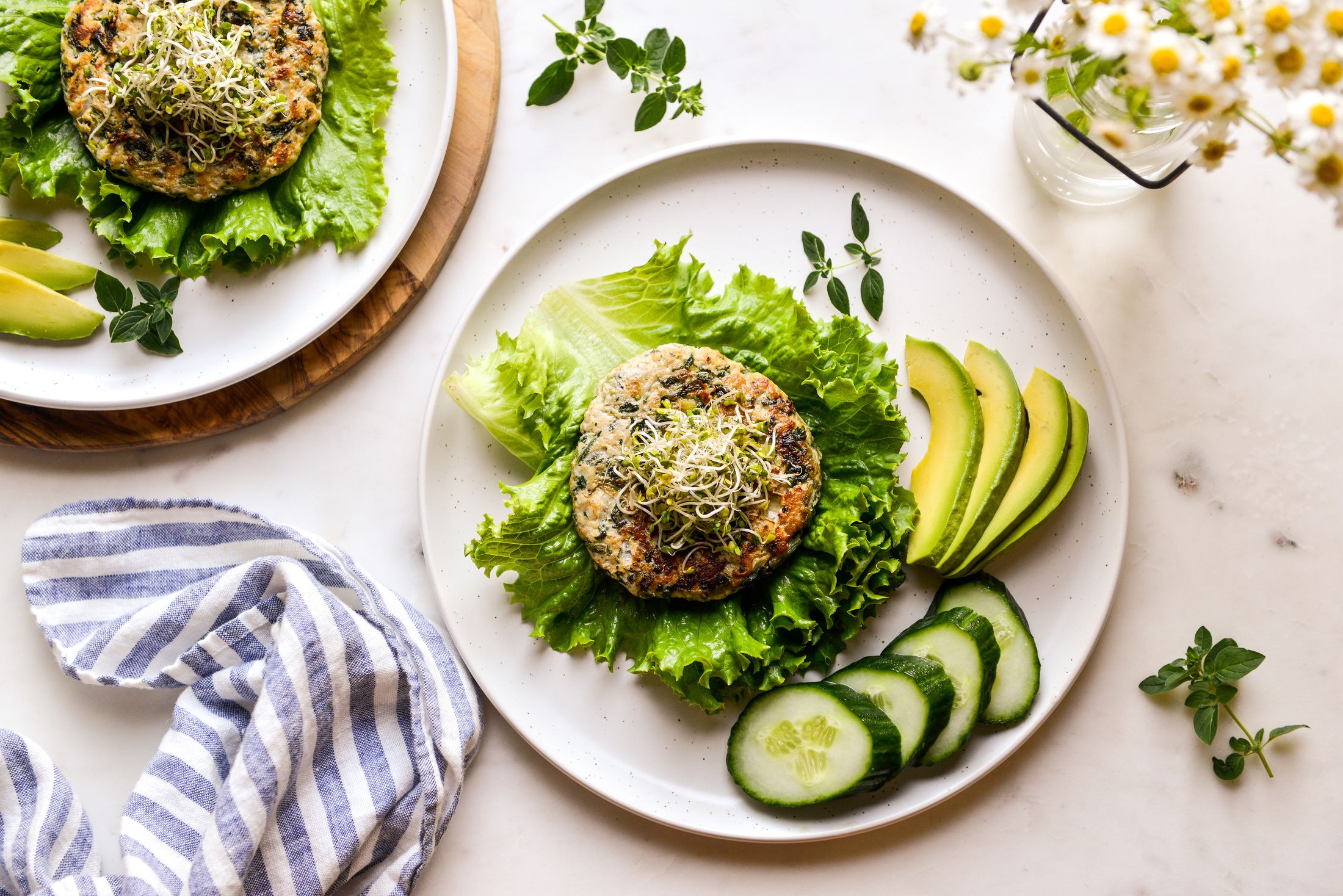
Tips for People Just Beginning a Clean Eating Diet:
If you’re new to healthy eating, making changes can feel overwhelming. Here are some beginner-friendly tips:
- Start Small: Instead of overhauling your entire diet, begin by making one or two small changes at a time, like swapping out processed snacks for fresh fruits and vegetables, or replacing sugary drinks with water or lemon water.
- Learn to Read Labels: Understanding ingredient lists can help you make healthier choices.
- Follow the 80/20 Rule: Aim to eat clean 80% of the time, allowing yourself some flexibility for occasional treats.
- Try New Foods: Experiment with different fruits, vegetables, and whole grains to find what you enjoy.
- Use Simple Recipes: Don’t overcomplicate it; start with easy, wholesome meals like grilled chicken with roasted veggies or a smoothie with frozen fruit and greens.
- Seek Support: Join our Nourishing Meals® Facebook Group, subscribe to get our emails, or become a Nourishing Meals® member to stay motivated and organized with recipes and meal planning.
Implementing a clean eating diet doesn’t have to be difficult. Start with small changes, focus on whole foods, and gradually build better habits. Over time, eating well will become second nature, and you’ll feel the benefits in your energy levels, digestion, and overall health.

About the Author
Alissa Segersten, MS, CN
Alissa Segersten, MS, CN, is the founder of Nourishing Meals®, an online meal-planning membership with over 1,800 nourishing recipes and tools to support dietary change and better health. As a functional nutritionist, professional recipe developer, and author of The Whole Life Nutrition Cookbook, Nourishing Meals, and co-author of The Elimination Diet, she helps people overcome health challenges through food. A mother of five, Alissa understands the importance of creating nutrient-dense meals for the whole family. Rooted in science and deep nourishment, her work makes healthy eating accessible, empowering thousands to transform their well-being through food.Nourishing Meals Newsletter
Email updates.
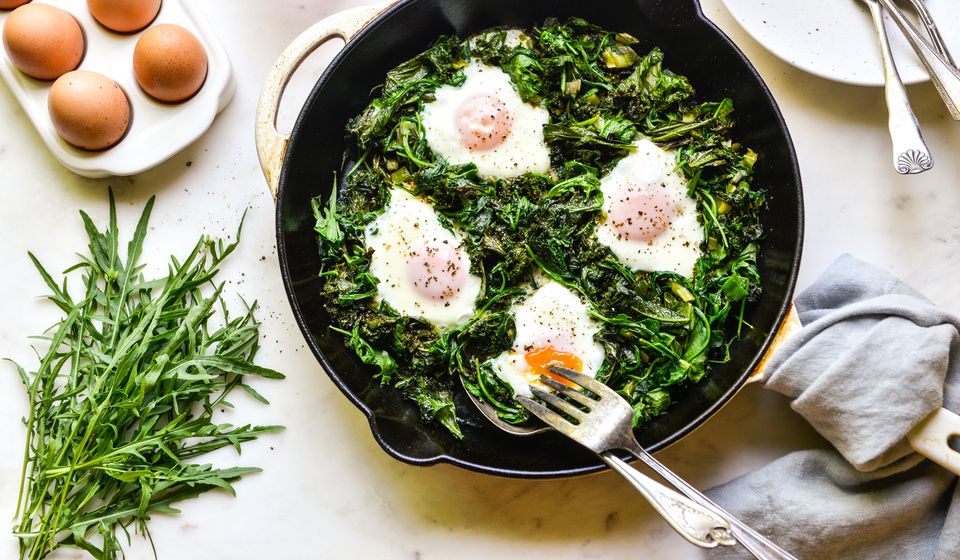
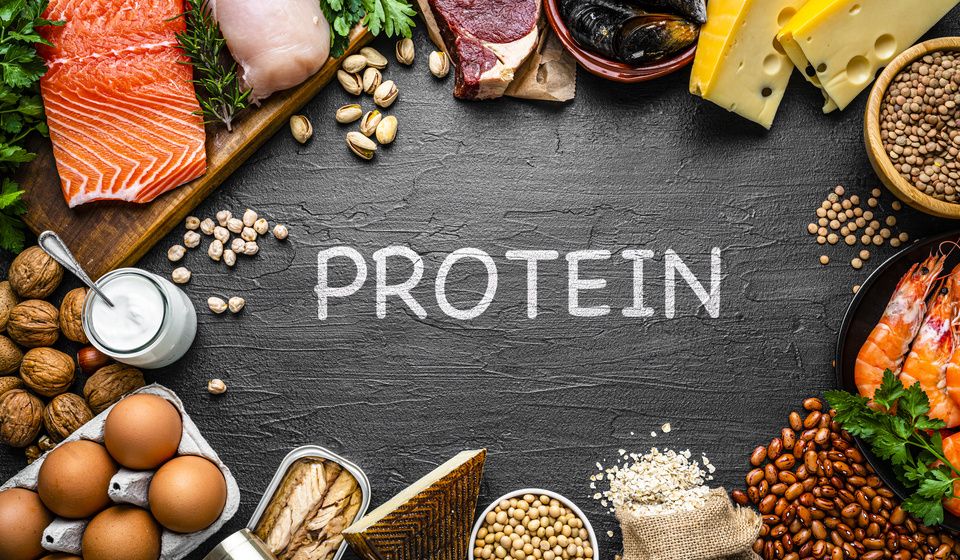
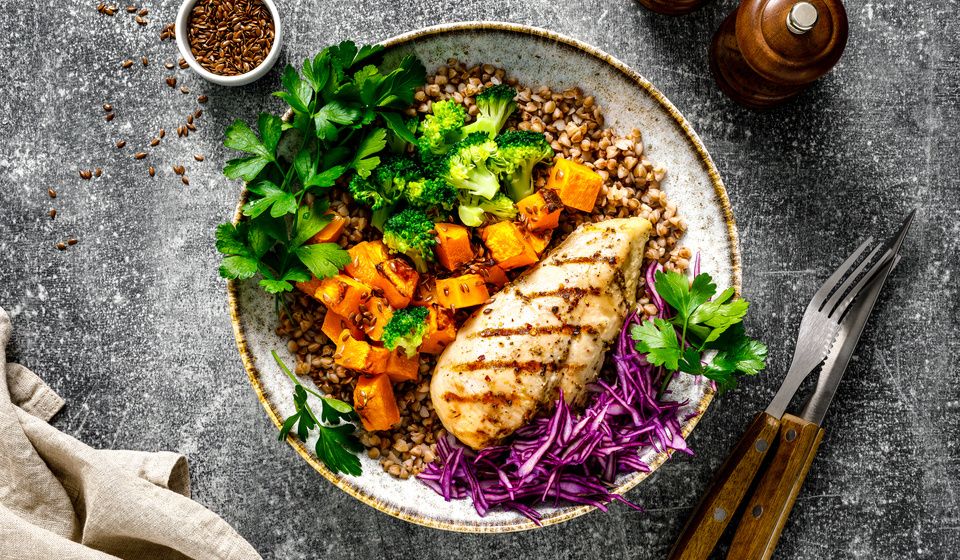

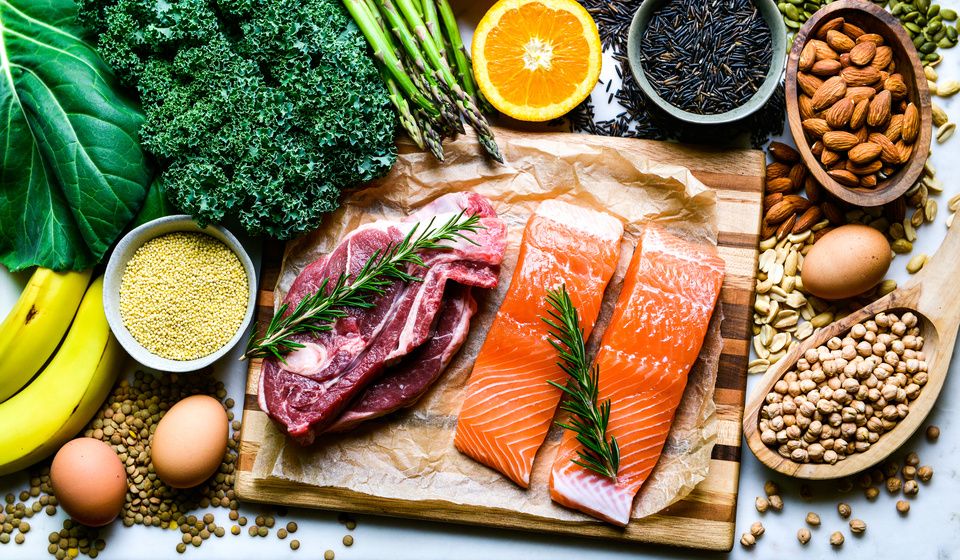
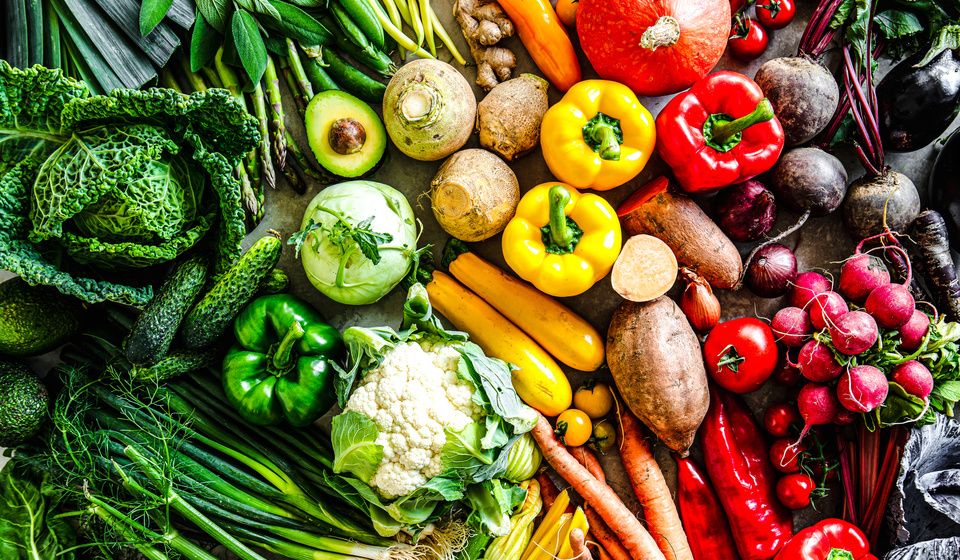
Add Comment